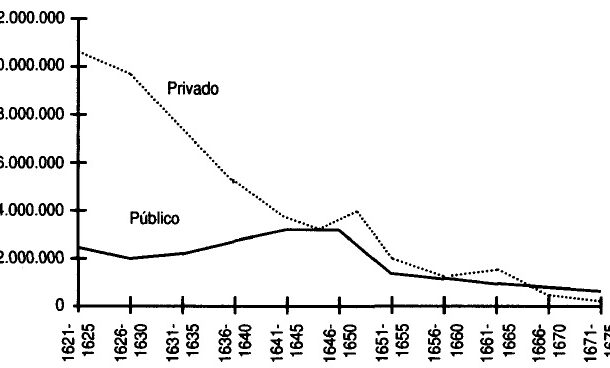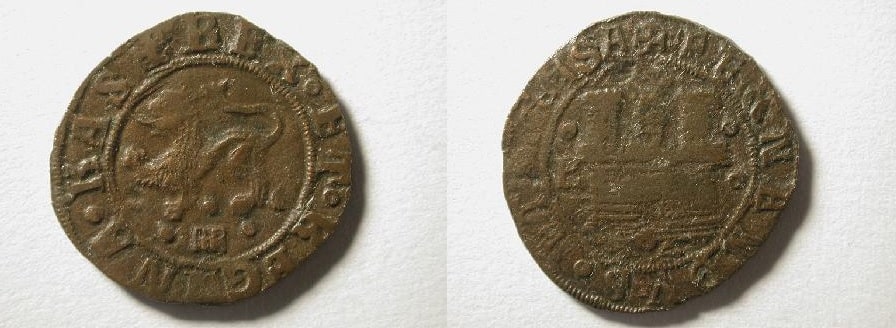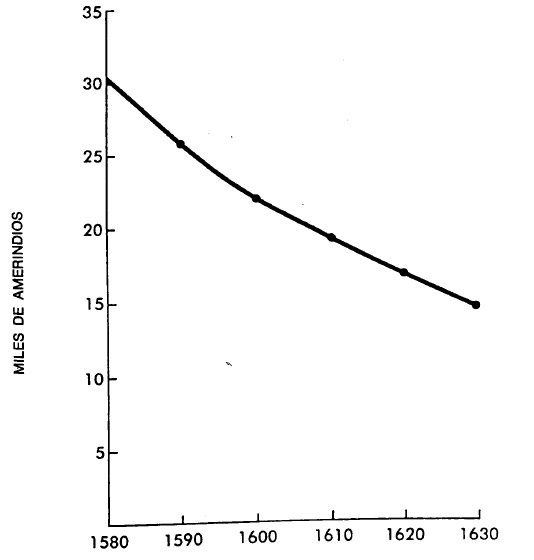
In the mid-15th century, a number of circumstances seem to have come together to bring about general economic development. In that period, the population grew at a faster rate, a series of needs arose in the princely courts, which were driven by the Renaissance spirit, the great nation states developed and wars required arms and precious metals. All this was combined with the great overseas expansion of the Iberian peoples. Between 1470 and 1540, the demand for precious metals for minting and sustaining military conflicts reached an all-time high. The second period of flourishing, centred on the 16th century, appeared in a different form from those previously mentioned. The mining fever had a capitalist and monopolistic character, stimulated by monarchs and princes with specific needs. However, it should be noted that the mining companies attracted large amounts of capital from Nuremberg, Magdeburg, Dresden, Augsburg or Cologne, where the princes also played an important role in these investments. At the beginning of the 16th century, massive capital investments appeared for the first time, reaching peak production in Bohemia in the years 1520-1540.
Collection: Graphics
Project: 2. Social and economic impact of technological revolutions in Europe., 9. Travels and travelers: economic, social and cultural connections.
Chronology: XVI
Scope: Secondary Education, Baccalaureate, University
Resource type: Graph
Format: Line chart
Source: Vázquez de Prada, Valentín, «La coyuntura de la minería y de la metalurgia europeas (siglos XIII–XVIII), Revista de Historia Económica, Journal of Iberian and Latin American Economic History, 6, 2 (1988), pp. 257–276.
Language: Spanish
Date: 1988
Owner: Álvaro Romero González (Modernalia)
Copyright: © Valentín Vázquez Prada, © Revista de Historia Económica
Abstract: Silver production in the main silver deposits of central Europe (Erzgebirge, Schwaz, Thuringia, Neusohi, Joachimsthal) in the 16th century
Image
Tags







